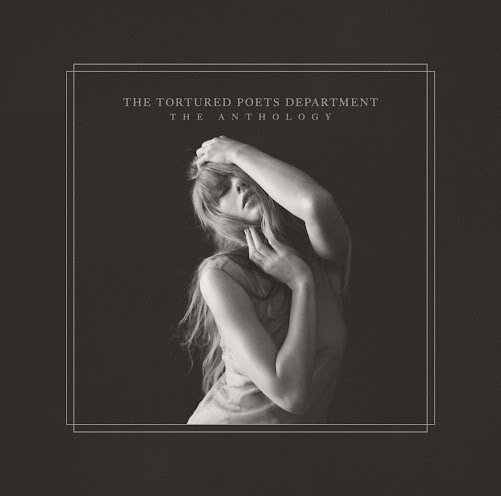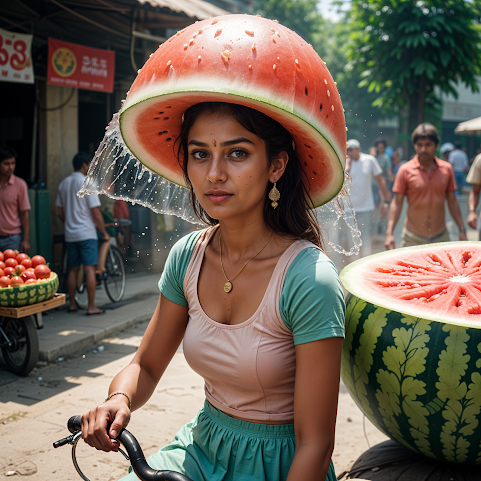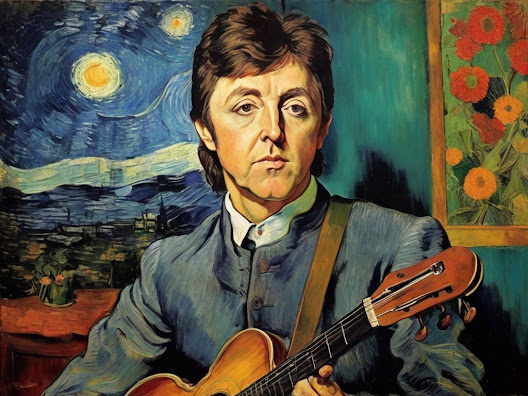What do we lose when we delegate artistic creation to machines? Let's explore the multifaceted implications of using AI in art, shedding light on the profound changes and potential losses in our cultural and creative landscape.
In an era where Artificial Intelligence (AI) permeates every aspect of our lives, its influence on art and creativity has become a heated topic of discussion. As we delve deeper into the capabilities of AI in generating art, we must also consider the consequences of this technological advancement. What do we lose when we delegate artistic creation to machines?
The Dilution of Human Creativity
Creativity is the hallmark of human identity, a sacred space where imagination meets reality. The process of creating art is inherently personal and subjective, reflecting the unique experiences and emotions of the artist. AI, with its lack of consciousness and genuine feeling, can only imitate these aspects at a surface level.
Loss of Authenticity and Depth
Human art is a tapestry woven from threads of personal triumphs, sorrows, and introspections. Every piece is a narrative, a window into the artist’s soul. AI-generated art, no matter how sophisticated, lacks this depth. It produces works based on data and algorithms, devoid of the authentic emotional resonance that human-created art naturally possesses. This absence of genuine emotion and lived experience is a significant loss, leading to a superficial imitation of true artistic expression.
Undermining the Artistic Journey
The journey of an artist is marked by continuous learning, experimentation, and evolution. This process is as important as the finished work itself, contributing to the artist's growth and mastery. AI, in its efficiency, bypasses this crucial developmental stage. When machines take over the creative process, we risk losing the invaluable experiences that shape an artist’s journey, reducing the art-making process to mere production rather than creation.
Cultural Homogenisation and Loss of Diversity
Art is a mirror of cultural and societal values, offering a diverse range of expressions and perspectives. AI, trained on vast datasets of existing artworks, tends to homogenise artistic output, stripping away the rich diversity that characterises human creativity.
Erosion of Unique Cultural Voices
The world of art is vibrant with the voices of different cultures, each contributing its unique flavour to the global artistic landscape. AI, with its reliance on patterns and trends, risks flattening these diverse expressions into a uniform aesthetic. This homogenisation threatens the richness of our cultural heritage, overshadowing unique artistic voices that challenge conventions and push boundaries.
Ethical and Intellectual Property Dilemmas
The intersection of AI and art raises ethical and intellectual property concerns that cannot be overlooked. AI systems often draw from existing works without proper acknowledgment or compensation, raising questions about authorship and ownership. The original creators whose works are used to train AI models deserve recognition and fair compensation, a principle that current AI practices frequently undermine.
The Future of Artistic Endeavours in the Age of AI
Despite these concerns, it’s undeniable that AI can play a transformative role in the future of art. The key lies in how we integrate this technology while preserving the essence of human creativity.
Enhancing, Not Replacing Human Creativity
AI should be viewed as a tool to enhance human creativity rather than replace it. By automating repetitive tasks and offering new creative tools, AI can free artists to explore deeper, more conceptual aspects of their work. This symbiotic relationship can lead to innovative artistic expressions that are both technologically advanced and deeply human.
Maintaining the Human Element
In our pursuit of technological advancement, we must not lose sight of the human element in art. It is essential to foster environments where artists can cultivate their skills, emotions, and unique perspectives. Art education should emphasise traditional skills while incorporating AI as a complementary tool, ensuring that the human touch remains at the heart of artistic creation.
The essence of human creativity, the richness of cultural diversity, and the depth of emotional expression are irreplaceable facets of art that we must strive to preserve. By fostering a collaborative relationship between humans and AI, we can ensure that art continues to thrive as a testament to the human spirit.





.jpg)




